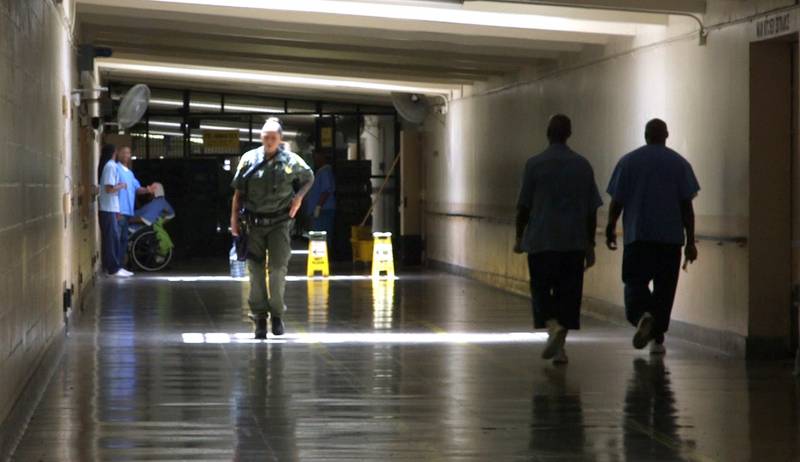‘Staff as the Main Vector’
More than 8,500 incarcerated people have contracted the virus in California, and at least 50 have died. Once the virus gets inside the close confines of a prison, it spreads rapidly among people sharing cells and bathrooms and congregating in exercise yards and chow halls.
The court-appointed federal receiver responsible for monitoring whether prisons are providing adequate health care has identified prison staff as the “main vector for spreading COVID-19 in the state prisons and has recommended that all staff at all institutions be tested for COVID-19.”
CDCR halted intake of new felons in early March, and after a disastrous transfer of inmates from a prison with an active outbreak to San Quentin, strengthened its transfer protocols. But the flow of tens of thousands of staff to work and home every day continues.
“The biggest concern by far is staff,” said Stefano Bertozzi, dean emeritus of the UC Berkeley School of Public Health. “Staff can't be quarantined every time they enter the prison.”
Even after baseline testing of all prison staff is completed, repeat testing — or “surveillance testing” — will be critical to preventing future outbreaks of COVID-19.
"CDCR worked closely with the California Department of Public Health (CDPH) to develop a comprehensive staff-testing plan that includes ongoing testing of staff at all institutions statewide,” said CDCR press secretary Dana Simas.
At prisons that provide skilled nursing care for medically vulnerable people, the CDCR says it will routinely test 25% of the staff every seven days, such that all staff get tested once a month. If there are any active cases at those facilities, staff get tested every seven days.
Prisons with lower-risk populations that have active cases of COVID-19 should retest all its staff every 14 days, while prisons that don’t have active cases should test 10% of its staff every 14 days.
But Bertozzi said that even testing every seven days may not be frequent enough.
“Seven days is a very long time,” he said. “If you turn positive on the day after testing, then you will spend most of your infectious period ... without being detected until testing comes back around.”

